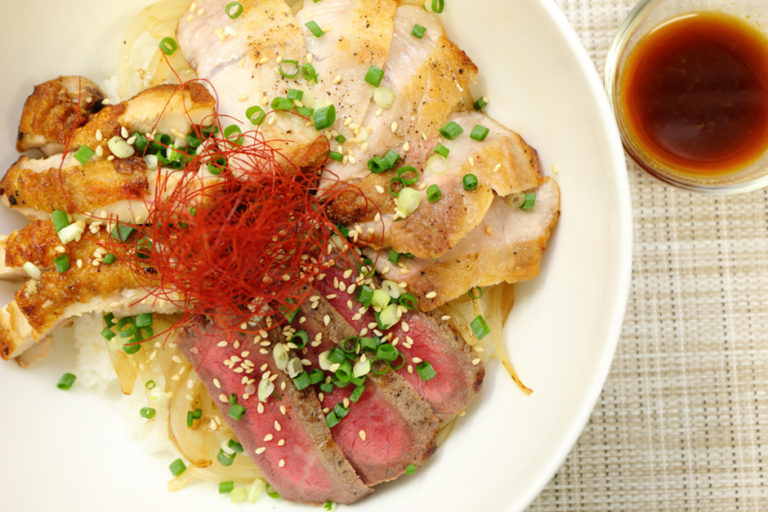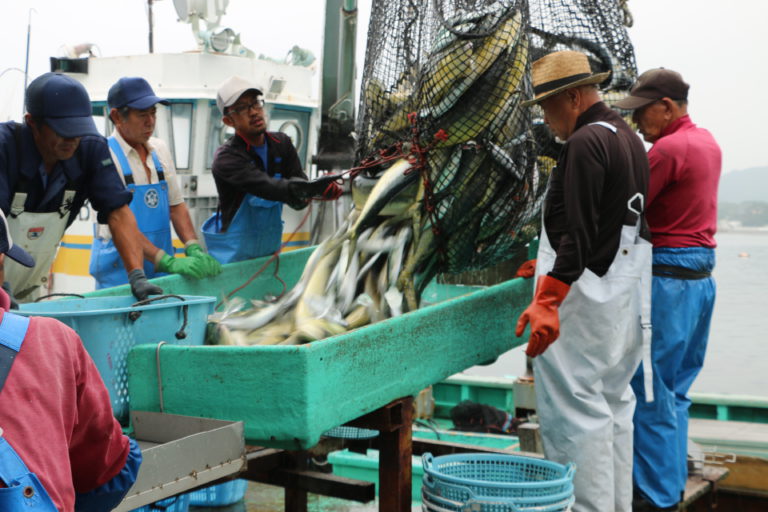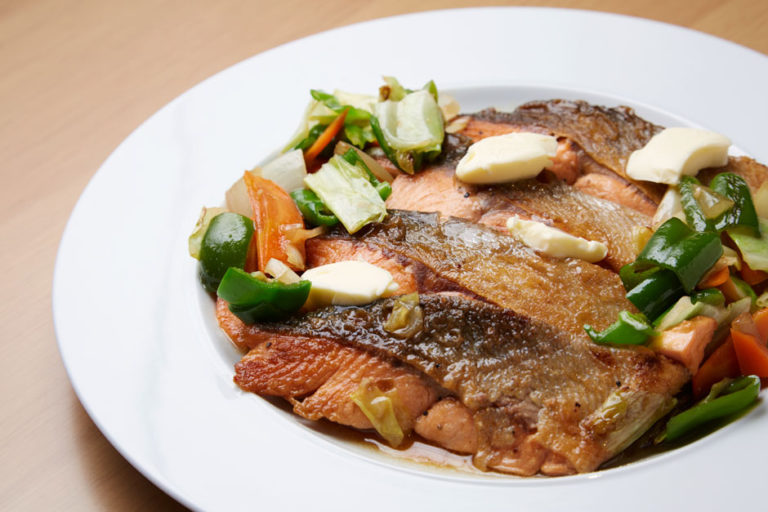Biwako Hacchin: Protecting the Eight Delicacies of Lake Biwa for Future Generations
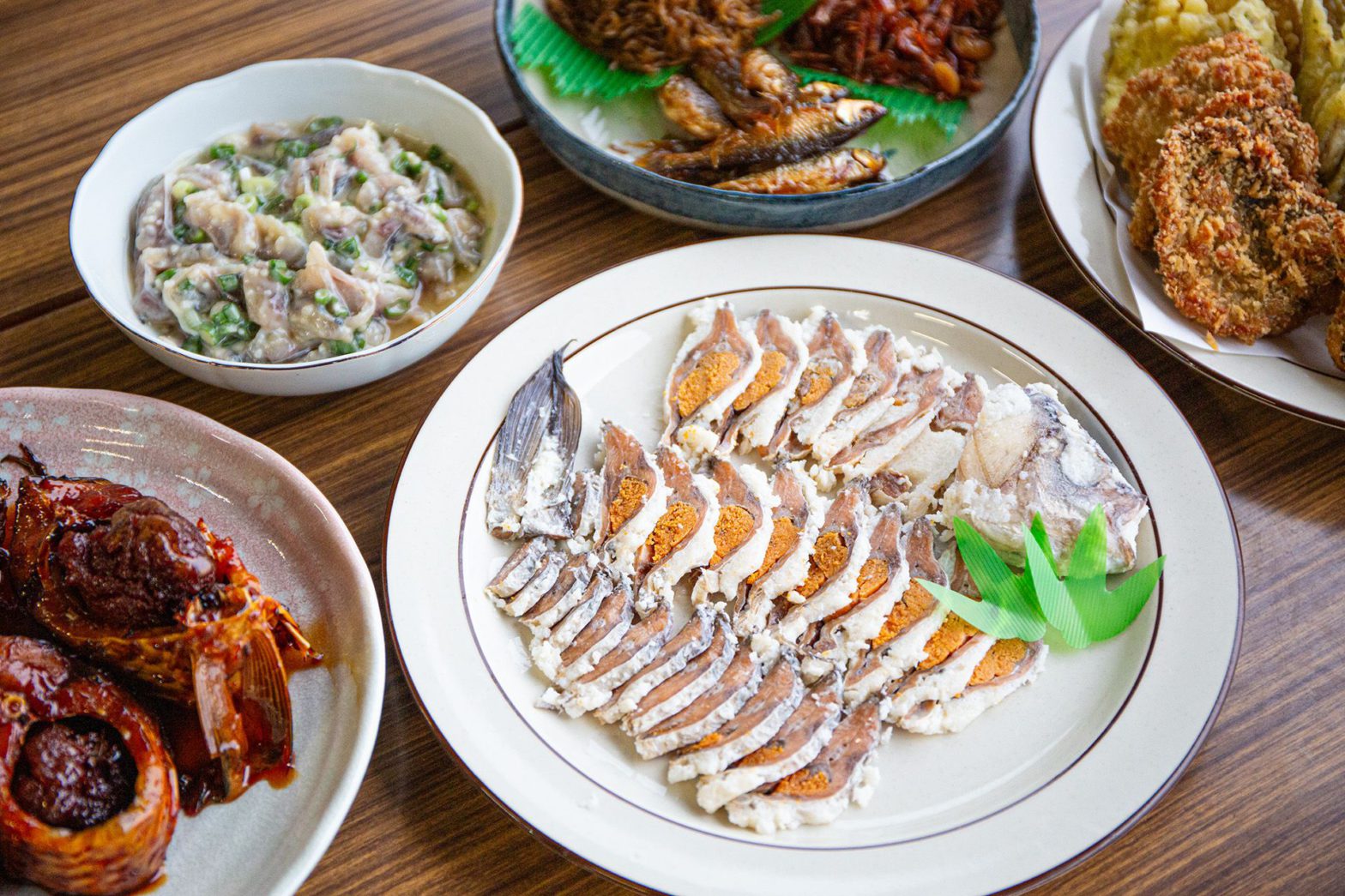
"Biwako is Truly an Amazing Lake"
Lake Biwa is inhabited by around 80 species of fish and shellfish, 16 of which are endemic. They have all been a quintessential part of Shiga’s cuisine for a very long time.The eight most characteristic types of fish have been selected as Biwako Hacchin in order to allow more people to know about them and preserve them for future generations. These fish are Biwa trout, Nigoro crucian carp, willow gudgeon, isaza, Japanese fluvial sculpin, small sweetfish, lake prawn, and three-lips. If you take their first syllables in Japanese and put them together, they form the phrase Biwako wa hon ni sugoi, which translates to “Biwako is truly an amazing lake.”
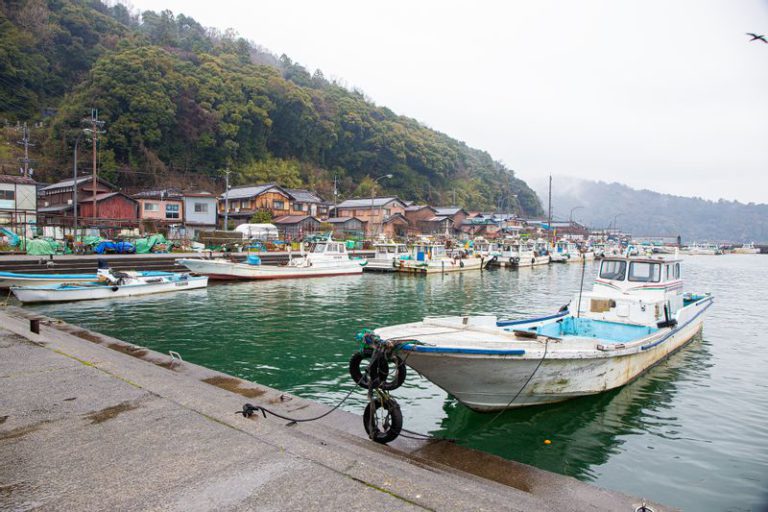
Okishima is an inhabited island within Lake Biwa, located a 10-minute boat ride from Horikiri Port in Omihachiman. Most of the approximately 200 islanders are involved in the fishing industry and the number of fish that are caught accounts for about 40% of the total catch of Lake Biwa’s fisheries. You could say that Okishima and Biwako Hacchin go hand in hand with each other.We talked to Shigeru Okumura, the president of Okishima Fishing Cooperative and an active fisherman who was born and raised in Okishima. We asked him about freshwater fish from Lake Biwa and what makes them special.

“Although I like marine fish, freshwater fish from Lake Biwa taste especially delicious to me. I guess it’s partially because I’ve been eating them my whole life. These fish taste light and delicate. I can eat them every day without getting tired of them, really. This could be because the water isn’t salty, so fish here have a lower salt content. The eight types of fish selected as Biwako Hacchin are only a small fraction of species that lurk in the depths of Lake Biwa. I hope that this initiative will serve as an opportunity for people to learn about our fish and come to taste them.”
Biwako Hacchin for Catching in the Spring and the Local Specialty of Funazushi
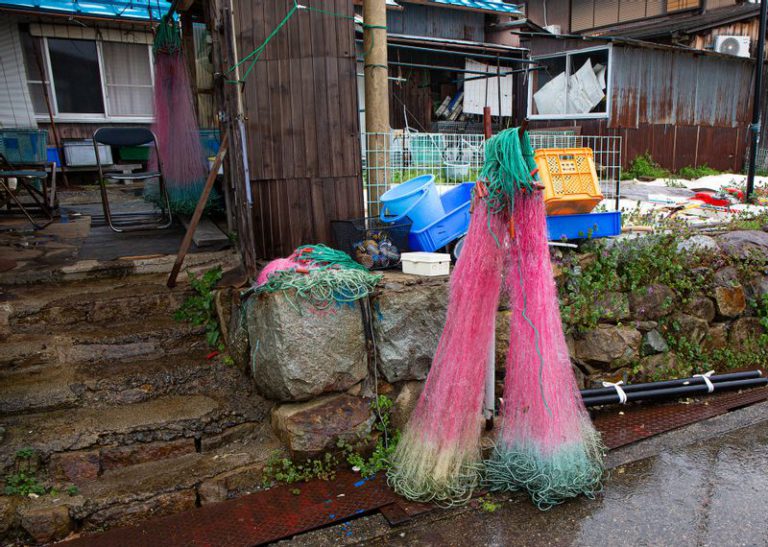
Although only a short 10-minute boat ride separates Okishima from the mainland, a walk around the island is enough to notice the unique culture that evolved there. Since many of the islanders are engaged in fishing, you can see fishing nets and gloves hanging out to dry in front of each house. In a narrow alleyway, we come across a woman making funazushi. Who would have thought a place like that existed in Shiga Prefecture?” There’s almost no flat land on the island, and homes were built very closely to each other on the artificially leveled mountain slopes—so close that even a car can’t pass. Due to the lack of land, I never played any sports. Well, maybe except table tennis,” says Mr. Okumura about his life on the island.
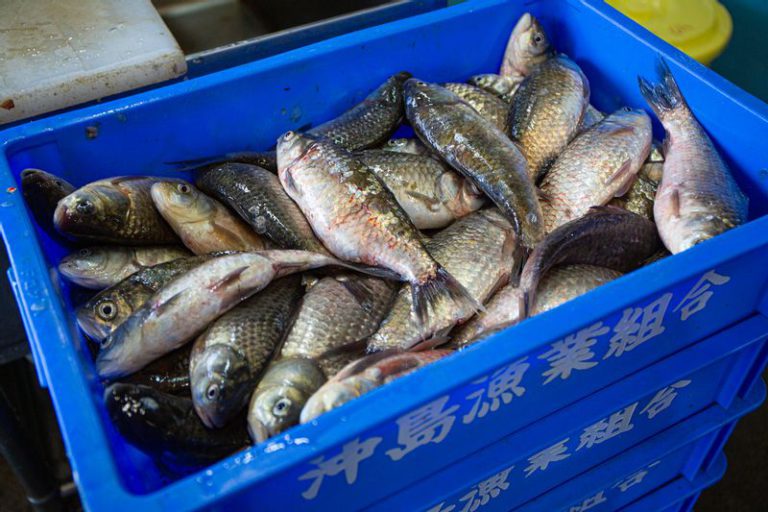
We came to the island in early April, just in time for the fishing season of Nigoro crucian carp and willow gudgeon. In particular, it was the best time to fish pregnant roe female Nigoro crucian carps, which are used to make the local specialty dish, funazushi. People go out to fish early in the morning. They use two fishing methods. The first is “gill-net fishing,” in which the nets are sunk into the lake and pulled out of the water after a couple of days. The other is “offshore trawling,” in which fishermen throw a rope with an attached net into the water and then reel it back up. Apparently, fishermen switch between the two methods depending on the type of fish they want to catch or simply go ahead with the one they’re the best at. By 11 a.m., they’re back at the port and swiftly handing over their day’s catch to fish dealers. In Okishima, it’s common for married couples to fish together and for women to choose fishing for a living.
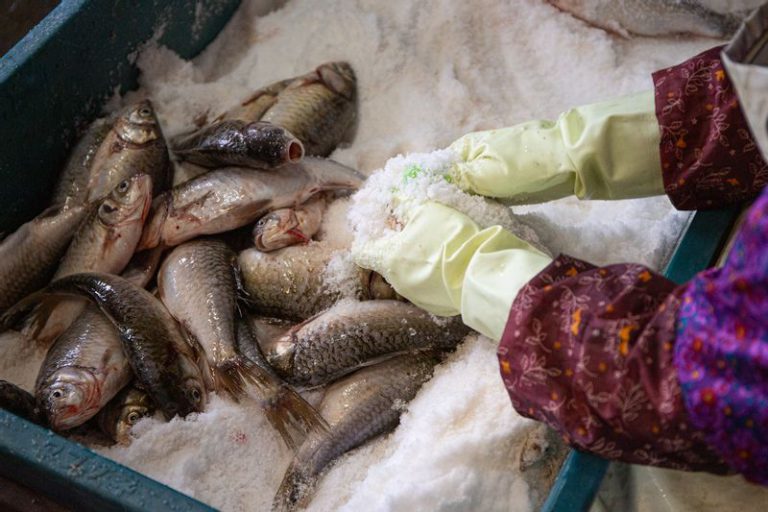
At the port, the freshly fished female Nigoro crucian carp are promptly pickled in salt in preparation for a funazushi-making experience event in summer. “I remove the scales, guts, and swim bladders, stuff the fish with salt, and leave it to pickle at room temperature for about three months. When the summer comes, we wash out the salt, stuff the fish with boiled rice, and let it age and ferment for another three months. It’s ready to eat by the New Year’s holiday,” says the female islander while skillfully rubbing salt into the fish. Funazushi is a luxurious, preserved dish made with plenty of salt and rice. In Okishima, every family makes it. It is given as a gift and eaten on New Year’s.
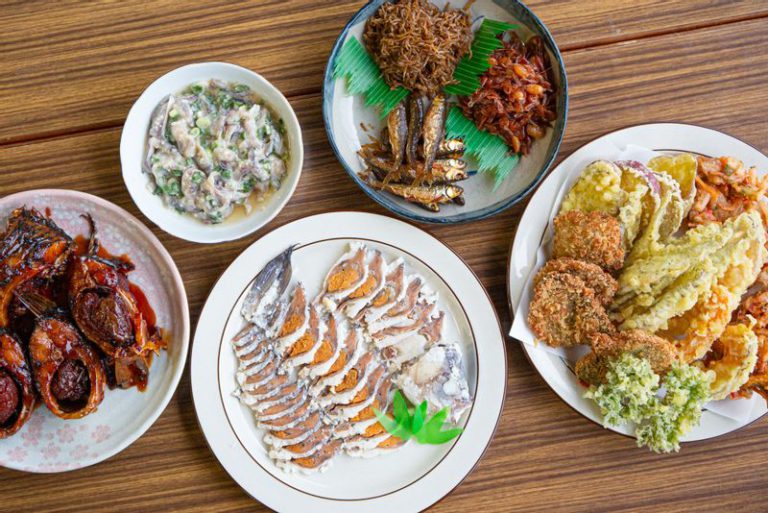
Of course, there are many other Lake Biwa’s specialty dishes. The women from the Fishing Cooperative established a Kotobuki Association. Together, they run a diner that serves local dishes. In addition to funazushi, they prepared for us male Nigoro crucian carp sashimi with skin on served with a vinegar and miso sauce called Joki, willow gudgeon, Japanese fluvial sculpin, lake prawn tsukudani, and wakasagi tempura. The famous funazushi, which is known to have a pungent smell, actually didn’t smell bad. The saltiness, similar to that of dried mullet roe, and mild acidity complemented each other. Each bite was bursting with flavor. We were told how the locals eat it: “Funazushi is a great topping for tea over rice, with a splash of soy sauce and salted kelp.” We discovered many new tastes that could only be found here.
Fish That Are Bound to Die Once Fishermen Are Gone… Preserving the Blessings of Lake Biwa for the Future
Similar to depleting marine fish populations, the catch in Lake Biwa decreases each year. The selection of Biwako Hacchin isn’t an initiative aimed only at promoting Shiga’s cuisine. It is a project meant to preserve it for the future.
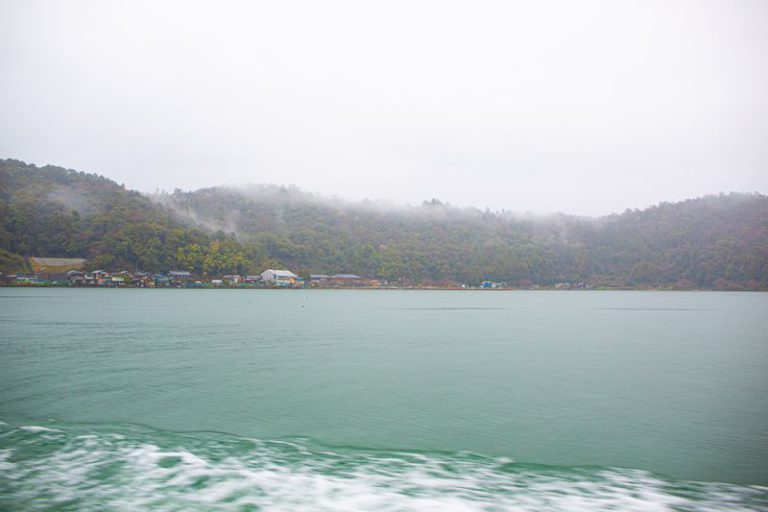
There are multiple possible causes of environmental changes in Lake Biwa, such as the large-scale development of using the lake’s water in the Kyoto–Osaka–Kobe area in 1977 and the increased use of agricultural chemicals due to changing times. What could be done to improve the environment for fish? How can we protect and maintain Lake Biwa in its current state? These are the main issues faced by Mr. Okumura and fishermen today.
“If there’s no catch, fishermen will leave, and Lake Biwa will die. We’re all in the same boat. That is why I want everyone to learn about our freshwater fish and their deliciousness, starting with Biwako Hacchin. A place where fishermen can make a living and nature is preserved. I’m going to continue to protect Lake Biwa so that it never changes.”
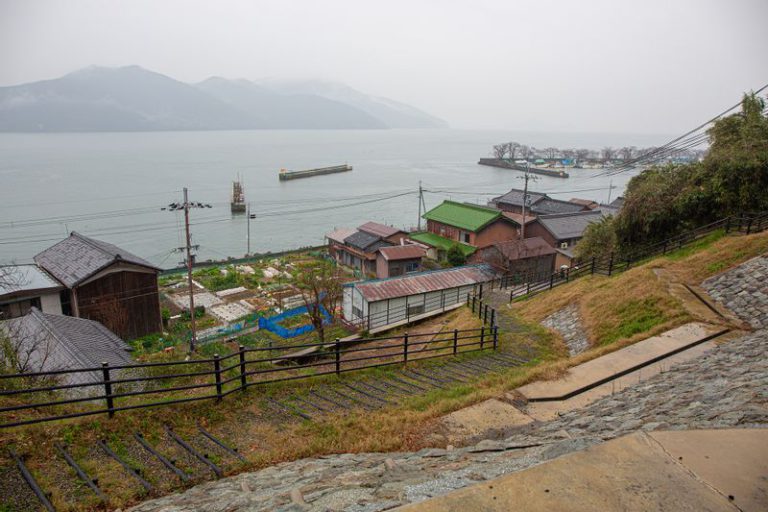
The rich in fish Lake Biwa, the unique atmosphere of Okishima inhabited by many fishermen, and one of the important local Japanese cuisines. If you ever happen to visit Shiga Prefecture, make sure to try their lace fish dishes.


